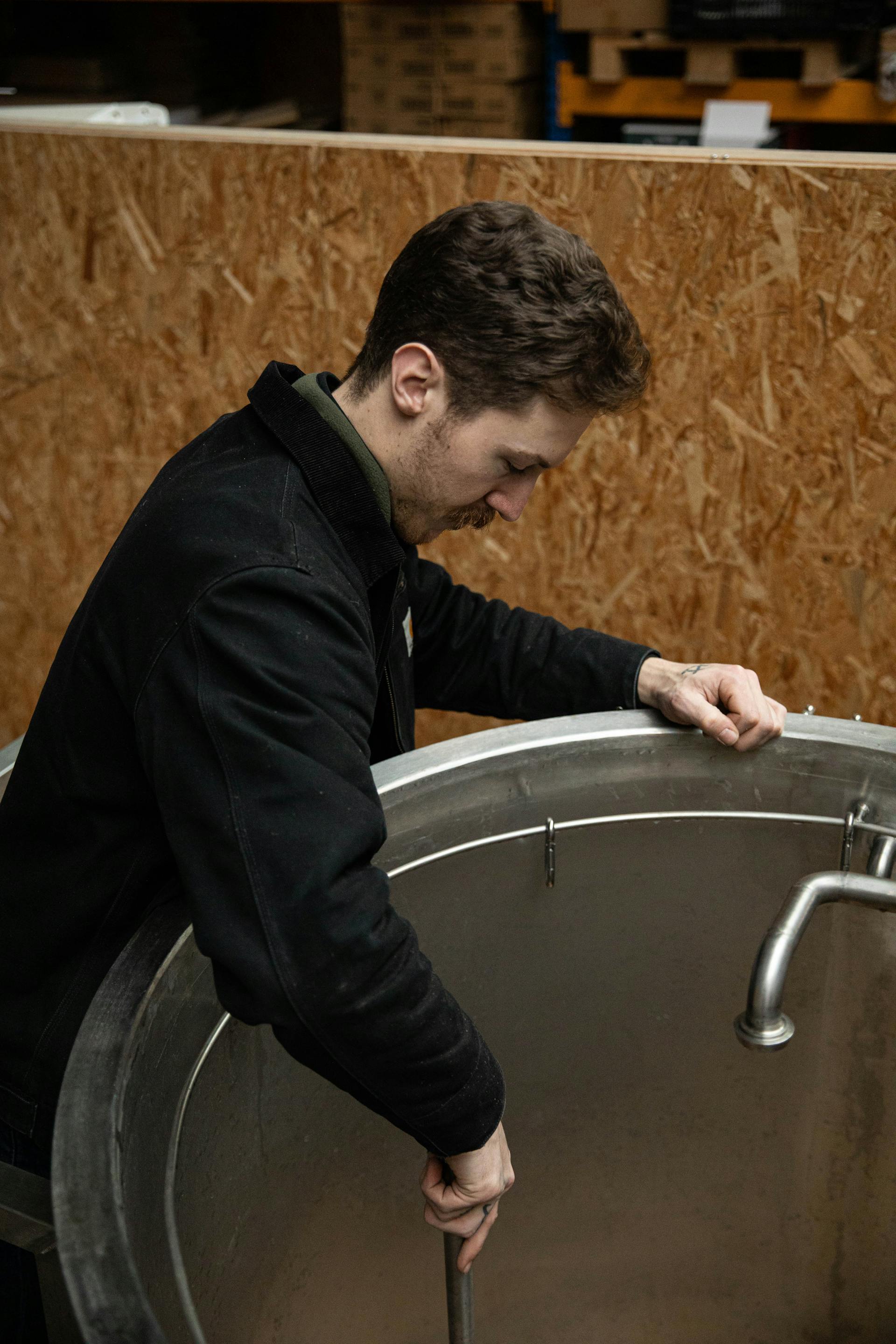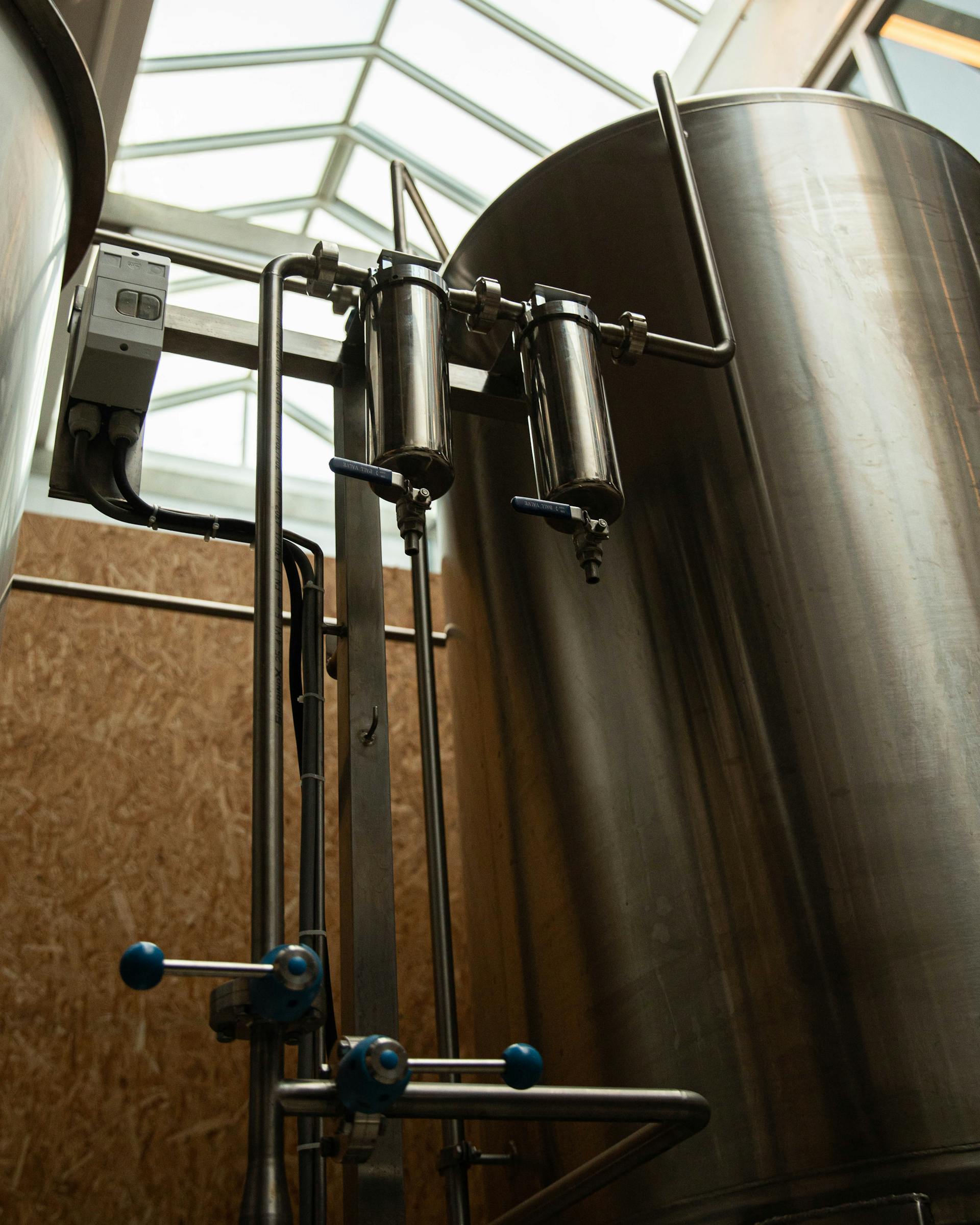Behind the Scenes in Cold Brew Land
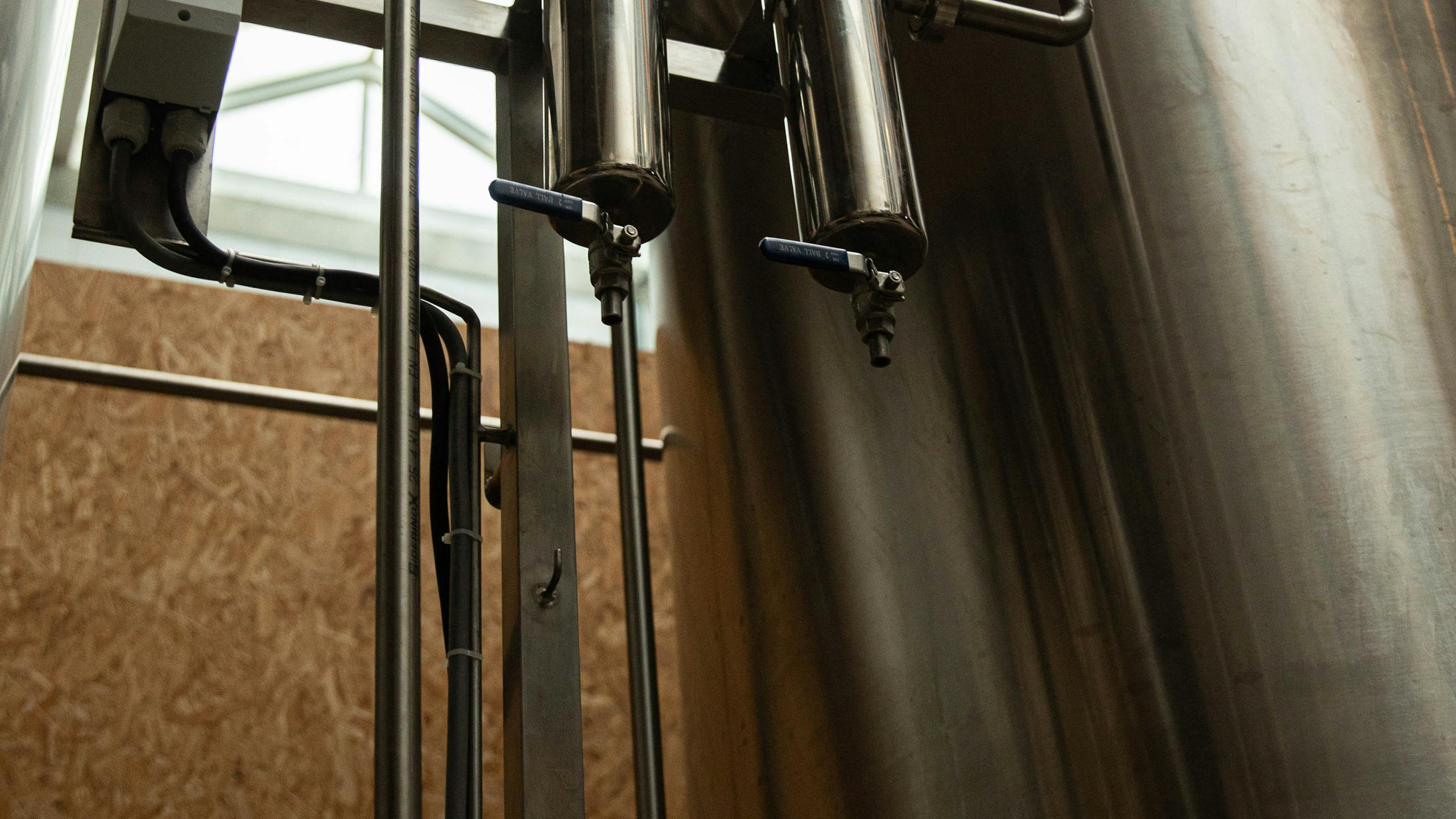
Posted in Story
Written by Ray Luca
December 29, 2020
Cold Brewing with Ray
Posted in Story
by Ray Luca
Hey, Ray here. I'm co-responsible for the cold brew production at LOT61. I'll try my best to explain everything cold brew, from the production process to bottling, distribution and serving. At the end of my rambling I hope it's clear that cold brew is more than just cold coffee, because yeah.. that hours old, soggy two-and-a-half-scoop morning brew isn't gonna cut it. Hold my hand. Welcome to cold brew land..
First things first. Let's get this thing going with some music, because it'll be a pretty quiet situation without. Johnny Cash. Check.
Choosing the right coffee for cold brew is key to succes. It all depends on what you're after. If you're looking for something light and served plain and black, go with a filter style coffee. Preferably something African, like Kenya or Rwanda for example. If you're going to blend the end brew with milk/mylk I recommend to go with something stronger, like Brazil or Guatemala.
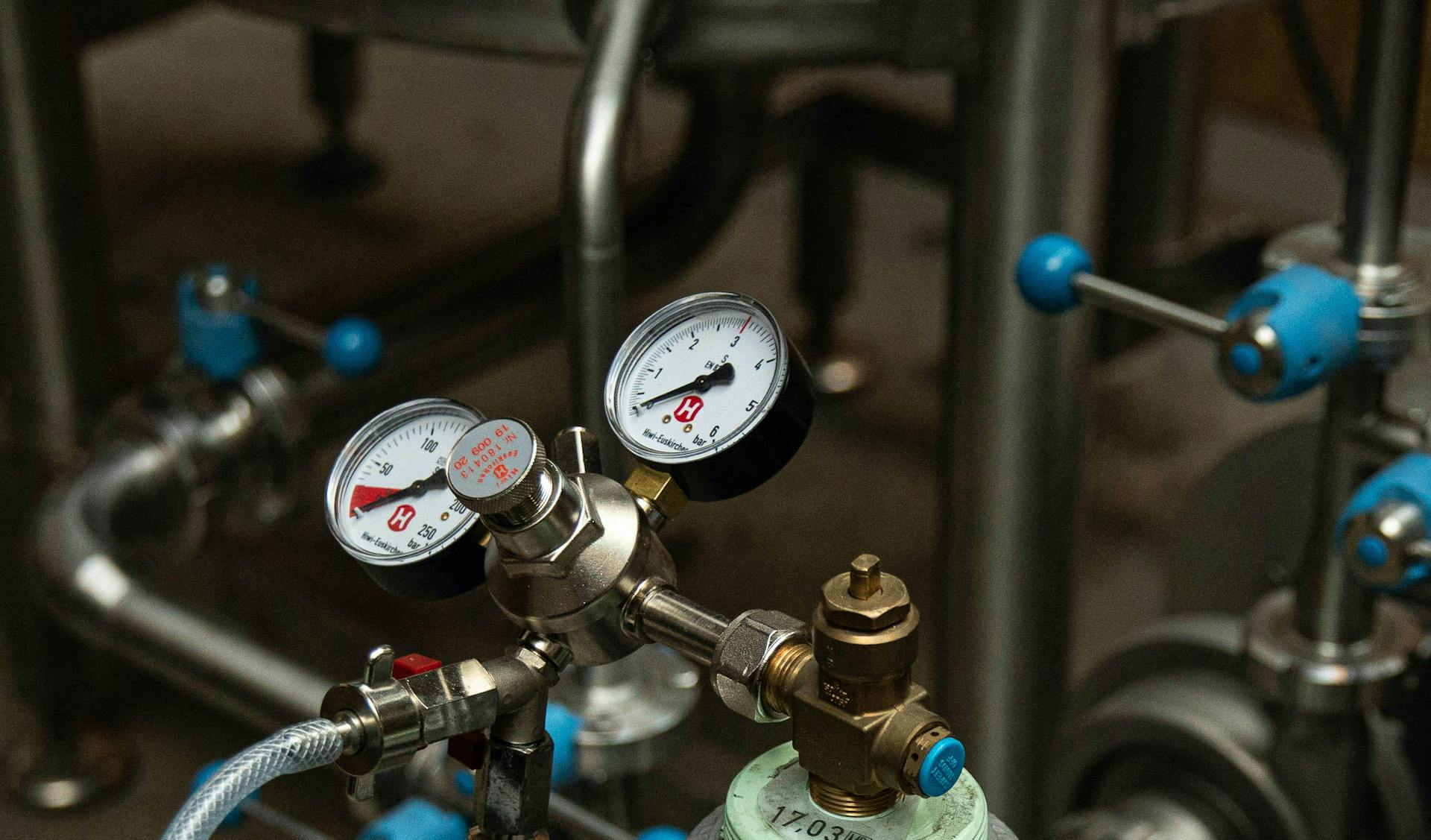
Let's get this thing going with some music, because it'll be a pretty quiet situation without. Johnny Cash. Check.
Next up, grinding. For cold brew it's fairly common to use a coarse grind setting. This will ensure an even extraction throughout the entire steeping process (which can take up to 20 hours) going too fine on the grind results in over extraction and also increases the likelihood of clogged filters. Depending on the desired batch size, we will grind somewhere in between 100 and 175 kilos of coffee.
Once all the coffee is ground, we will divide the ground mass in equal parts in brew/filter bags and hang them in the brew tank. Often the ground mass will come up and float on top, so it's important to push down the bags with a steel paddle to ensure all grounds are wet and everything stays submerged.
That's it for now. The next step's gotta be the easiest. Sit back and relax. Take a nap, clean the kitchen, call your mom, practice meditation. Just be patient and keep yourself busy for the next 16-20 hours. Please.

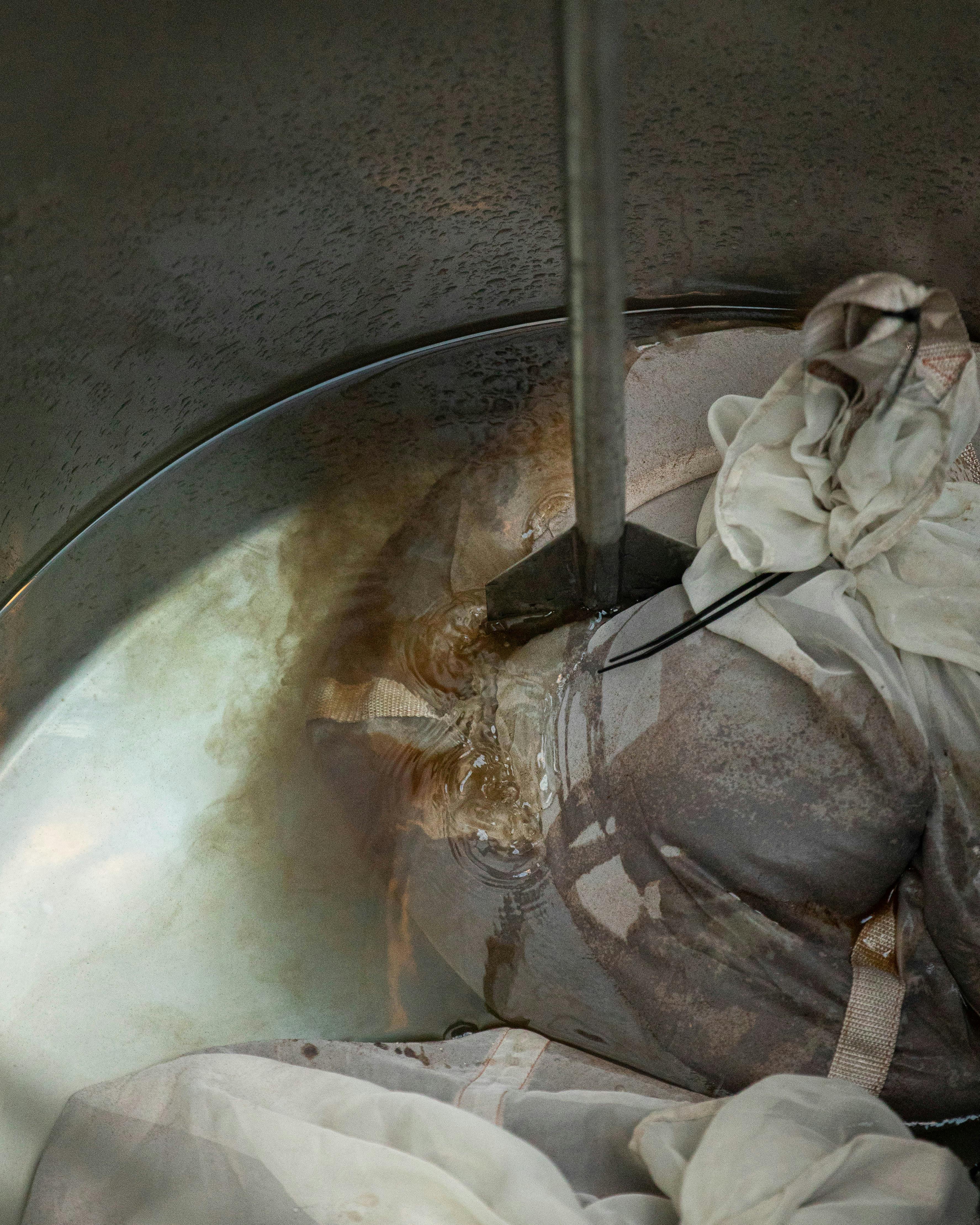
After 16 hours of extraction we will take a sample to see where things are at. We will do a VST reading (to measure the refractive index... wow) but even more important: we taste. Depending on the desired strength and flavor, we start the filtration process or we let things brew on for a few more hours.
Filtration. My favorite part. In our case we pump the thick, crude brew through several sediment filters under high pressure. The filters we use are somewhere in the range of 1μ to 50μ (μ is the symbol for the unit 'micron'). We start with a coarse filtration and go finer near the end to achieve a silky, smooth texture.
Once the entire batch is strained and we're happy with the taste, we bottle the cold brew immediately. Since we prefer to serve our cold brew unpasteurized, we use a filling process that flushes each bottle with nitrogen to push out oxygen, this will extend the overall shelf life.

Once bottled, the bottles will get a cap and date tag and will be put in boxes of 24, ready to go out to wholesale land. Our cold brew is available year-round at our Kinkerstraat cafe, in the webshop and several other Horeca outlets in and around Amsterdam.
I won't bore you with the cleaning process, but it'd be my duty to tell you that this is just as important as all of the above. It really is. Really.
It might all sound a little complicated, but it's basically as simple as steeping ground coffee in water for around 18 hours and strain it after. This rather simple process results in new and different flavors that you can't get out of coffee when brewed hot.
If you're reading this, I have to say I'm quite impressed. You made it. Chapeau!
Ray
